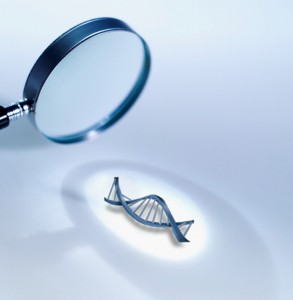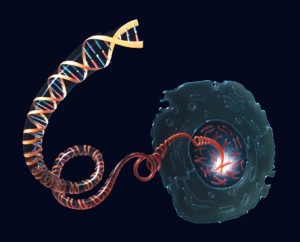Technicians painstakingly extract DNA from a few cells recovered from a crime scene. They duplicate segments of the DNA using the polymerase chain reaction. After analyzing the selected DNA fragments, they upload the results into the FBI’s national DNA database, the Combined DNA Index System (CODIS) Program. The result: No hits. The DNA profile is not in the database. Now what?
Researchers at Israel’s Tel-Hai Academic College may provide an answer with a DNA composite portrait based on connections between genes and external human traits.
“The new development will provide tons of leads,” research team leader Dani Bercovich told news website NoCamels.com. “We’ll know the sex of the offender and be able to estimate his height, age range, color and type of hair, eye color and ethnic background — even whether he is right or left-handed.”
Regardless of whether this technology is realized, it certainly can find a place in a mystery or crime story.




